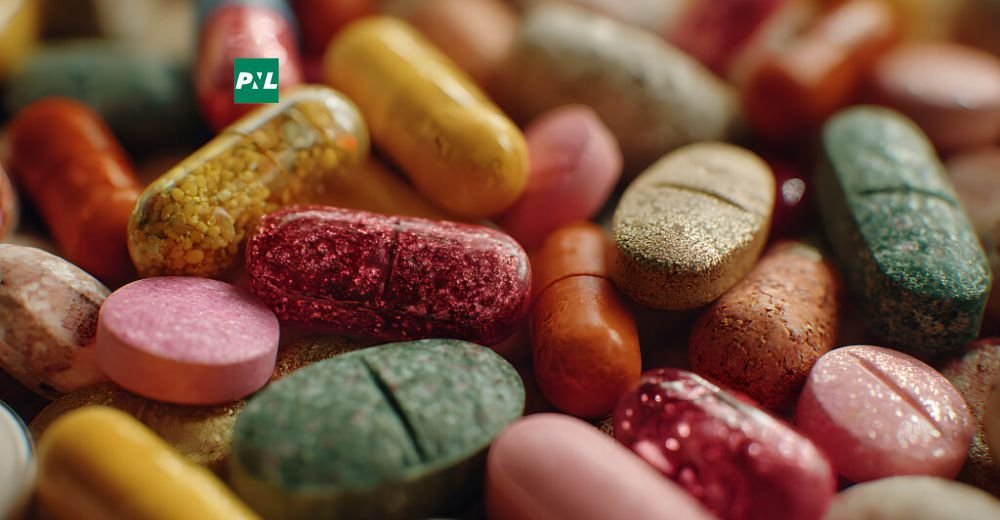A Comparative Analysis
The development and delivery of pharmaceutical agents will decisively depend on the dosage form chosen for rehabilitation. The most commonly used formulation is the Oral Solid Dosage (OSD) form, which includes tablets, capsules, and similar formulations. They make up about 90% of the global pharmaceutical market. They have remained popular over a long period as they are easy for the patient to take and have robust manufacturing practices.
However, there are also other modern medicines that are seeing massive development. Using different ways to deliver drugs into the human body, such as liquid, semi-solid, injectables, and other advanced controlled release mechanisms, offers unique benefits.
In this article, we will compare both approaches highlighting their benefits and shortcomings.
Benefits of Oral Solid Dosage
OSD is favored for being easy to use, non-invasive, and cost-friendly. Tablets and capsules can be self-administered, transported without any special requirements, and stored easily. Chemical and physical stability in their solid state ensures that they last long and are resistant to microbial contamination. OSD provides precise, measured dosing, supporting consistent therapeutic effects and minimizing fluctuations between doses. This means they work well and evenly.
Advanced technologies like film coating, double compression, and osmotic control release system help to control the drug release and improve the user experience. Innovations like 3D printing are breaking limits, allowing us to make personalized medicines and dosage forms that rapidly disintegrate or modify pharmacokinetics without any change of complex formation.
Limitations of Oral Solid Dosage
Despite so many strengths, such as convenience, stability, and patient acceptance, oral solid dosages (OSDs) also present drawbacks, which include the following:
Problem with swallowing: There could be a difficulty in swallowing oral solid dosage by some patients who are children, the elderly, or those with medical conditions. This may result in misuse or uneven use.
Gastrointestinal effects of the drug: These elements include the type of pH, the availability of stomach digestive elements through which drugs move through the intestinal wall, which alters drug action.
Irritation or bad taste: There are medications whose compositions are undesirable, such as those that taste bad or something that upsets the stomach so much that people do not want to take them.
Gastrointestinal passage: The speed at which drugs move through your GI wall can change with your tendency and regularity of drug use.
Breaking down the issue: Some drugs may degrade too fast in the digestive environment or have poor solubility, making oral administration less effective or unsuitable.
Moreover, the rigid doses in OSDs can sometimes complicate dose adjustment, especially for drugs that need an exact dose or have complex pharmacokinetics.
What are the Other Delivering Systems?
Liquid Dosage Forms
Liquids’ Dosage results in easy dosing, and it enters the body fast. They suit well in children and the geriatric populations. This benefit the less stable patients who experience difficulty in swallowing and they have a limited shelf life; hence, freezing is necessary to prevent spoilage.
Semi-Solid Dosage Forms
Gels, creams, and ointments are topical and are used on skin or mucous sites, which reduce systemic side effects, and these are easy to apply at home. Systemic bioavailability, however, is usually poor and variable.
Injectable Drug Delivery
Injections go right into the systemic circulation, missing the liver and GI barrier. They’re crucial for emergencies, some new kinds of drugs, and poorly absorbed pharmaceuticals. Downsides include invasiveness, risk of infections, and necessity for skilled administration.
Advanced Control and Novel System
Controlled-release and nanotechnology carriers aim for precise, better absorption, and reducing dosing frequency. These systems hold promise for the treatment of complex or long-term conditions. But, they can be high-cost, regulatory challenges, and might be toxic.
Comparative Analysis and Evolving Trends
Due to OSD’s reliability, ease of use, and cost-effectiveness, they have remained the main choice when it comes to chronic and acute treatment. Liquids and semi-solid dosages come in use where penetration or absorption is hard.
The pharmaceutical sector continues to integrate traditional methods with the latest technology to offer advantages in terms of efficacy, fewer side effects, and increased patient satisfaction. Personalized medicine is gradually shifting formulations according to the individual patient’s needs.
Conclusions
Oral Solid dosage keeps giving effective, affordable, and convenient therapy for a vast range of health conditions, backed by its dominant market and patient acceptance. As drug development grows and becomes more personalized, other ways like liquids, half-solids, injections, and controlled-release technology keep rising, complementing the strengths and addressing the limits of OSDs.
Ultimately, the choice of delivery system should fit the patient demographic and logistical considerations. A patient-focused blend of reliability and therapeutic precision will define the future of pharmaceutical drug delivery.




